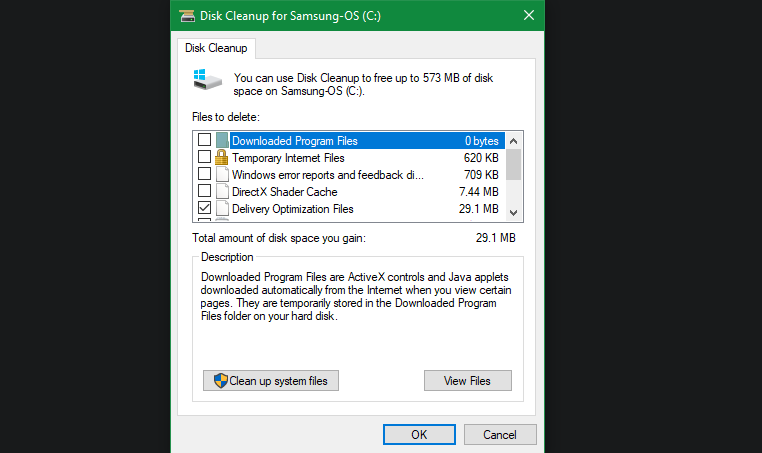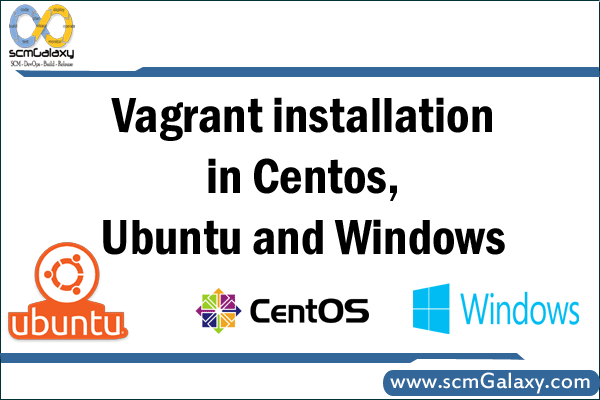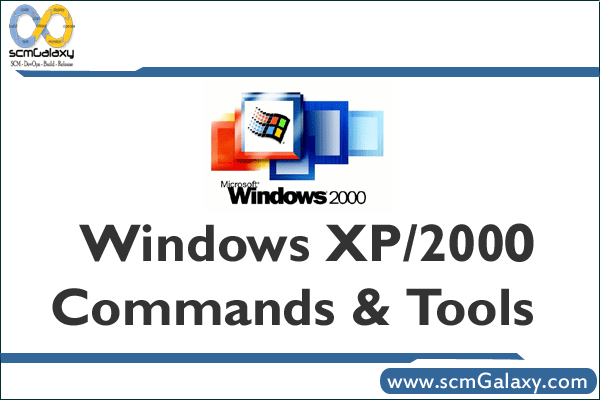Over time, every Windows installation builds up junk that takes up space and wastes resources. It’s easy to neglect regular maintenance, so often the problem comes from old files and programs.
If you don’t clean your computer, before long you’ll encounter low disk space warnings and notice it slowing down. Let’s walk through how to clean Windows 10 using a variety of tools for different situations.
Step 1: Erase Temporary Junk
Windows 10 includes a pair of similar tools for clearing out old temporary files from your disk, meaning you don’t need a dedicated Windows cleaner app. They’re a great first stop on your Windows 10 cleanup journey.
Disk Cleanup
If you don’t mind an old-school interface, the classic Disk Cleanup tool gets the cleaning job done. Access it by typing Disk Cleanup into the Start menu and selecting the disk you want to clean.
After a moment, you’ll see a list of unnecessary files that Windows can clean up. Assuming you’re an administrator, you should click the Cleanup system files button to scan again for additional types of data.

Feel free to delete pretty much every category of data available here, with a few exceptions. On older versions of Windows 10, watch out for Downloads, which will delete everything in that folder. You may also want to avoid cleaning the Recycle Bin until you’re sure that you don’t need to restore anything from it.
If you’ve recently updated to a new major version of Windows 10, you’ll see a Previous Windows installation(s) entry. Deleting this will remove the old files Windows keeps for 10 days that allows you to easily go back to an earlier version. You should also avoid removing the Windows ESD installation files option, as this is used for resetting your PC via Settings.
Check out Windows folders you can delete to save space for more info on the specific items you can remove with disk Cleanup.
Storage Sense
Windows 10 includes much of this same functionality, with a nicer interface, at Settings > System > Storage. You can use Storage Sense to automatically clean up files when your disk space is low, or every so often. Click Configure Storage Sense or run it now to change these options.
Step 2: Delete Large Files
You’ve removed unnecessary files; the next step to clean up Windows 10 is to find old data taking up a lot of space on your computer.
Uninstall Big Programs
Under Program Files (and/or Program Files (x86) on 64-bit Windows), you’ll find files for most of the apps you have installed. If you don’t use some of these anymore, head to Settings > Apps > Apps & features to uninstall them.
Step 3: Clean Windows 10 Bloatware
Most store-bought computers come loaded with worthless manufacturer bloatware that wastes space and duplicates functionality already in Windows. In addition, Windows 10 itself includes some junk apps you probably never use.
If you haven’t taken the time to remove bloatware from your system, you should. It’s an important part of Windows 10 cleanup.
Step 4: Tidy Your Desktop
Even after you’ve cleaned up your computer, a messy desktop can still confuse you and make it harder to work efficiently. Many people use their desktop as a temporary storage space, leading to all sorts of files getting scattered across it.
You should try “resetting” your desktop to a clean state to make it neater. Start by moving all the files from your desktop to another location. Next, you can create shortcuts to files you need all the time on your desktop.
If you have so many files that you don’t think this will work, the Fences app is definitely worth a look. It includes powerful tools that let you automatically combine similar desktop icons, hide or show all icons with a few clicks, and much more.
After you’ve cleaned up Windows 10 and your desktop, you’ll feel like you have a whole new machine.

